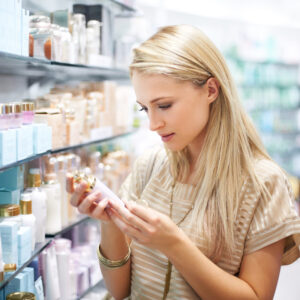
What You Should Know About The Toxins In Beauty Products
A Texas A&M University pharmaceutical scientist explains the health risks of phthalates and their impact on well-being.
by Teresa Saenz, Texas A&M Health
January 10, 2025
Colorless, odorless plasticizers called phthalates (pronounced “THAL-ates”) are used extensively in cosmetics, personal care items and products that encounter plastics during manufacturing or packaging. Despite phthalates receiving labels as endocrine disruptors, reproductive toxicants and a probable human carcinogen, by groups like the European Commission and the U.S. Environmental Protection Agency (EPA), limiting exposure to the chemical compounds remains a challenging undertaking for consumers.

Commonly found in everyday beauty products, phthalates serve multiple purposes, from preventing cracking in nail polish to reducing stiffness in hair sprays. They help retain scent in fragrances and add flexibility to plastics.
In an effort to avoid plasticizers leeching into food, some consumers already avoid microwaving certain plastics. However, that precaution may not provide exhaustive protection, said Mahua Choudhury, PhD, associate professor of pharmaceutical sciences at the Texas A&M University Irma Lerma Rangel College of Pharmacy and co-director of the Texas A&M Health Center for Micro-encapsulation and Drug Delivery.
Choudhury said exposure also may occur through eating, drinking or breathing and through the skin. “People often believe plasticizers are hazardous when microwaving because they think the chemicals will transfer to their food. However, phthalates do not require heat to be released,” she said.
